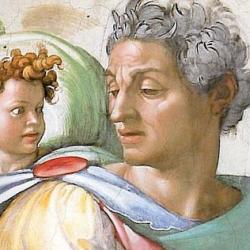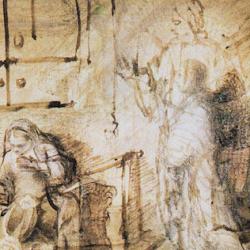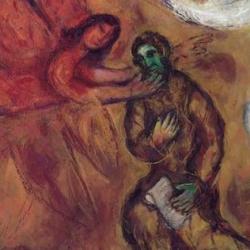INTRODUCTION
Isaiah prophesied in Judah during the reigns of several different kings (1:1). To understand his prophecies, we need to know something about the times in which he was preaching.
THE TEXT
“The vision of Isaiah the son of Amoz, which he saw concerning Judah and Jerusalem in the days of Usziah, Jotham, Ahaz, and Hezekiah, kings of Judah . . . .” (Isaiah 1:1-20).
ISAIAH THE MAN
Isaiah’s name contains a form of the verb yasha , “save,” like the names Joshua and Jesus; Isaiah means “Yah saves.” He is identified as “son of Amoz” seven times in his prophecy (1:1; 2:1; 13:1; 20:2; 37:2, 21; 38:1), he lived in Jerusalem (7:3), and he wrote about the acts of both Uzziah and Hezekiah (2 Chronicles 26:22; 32:32). He was married (8:3), and his two children were given prophetic names (Shear-Jashub, “a remnant shall return”; Maher-shalal-hash-baz, “swift the booty, speedy the prey; 7:3; 8:3). The fact that he saw Yahweh in the temple (6:1) indicates that he was a priest, and according to Jewish tradition he was related to the royal family. He was a prophet for nearly sixty years (from the year of King Uzziah’s death until Hezekiah’s death, 6:1; 2 Chronicles 32:32). Another tradition claims that he was sawn in two by Manasseh (cf. Hebrews 11:37).
KINGS OF JUDAH
Isaiah prophesied during a period of peaks and valleys in Judah’s history. Uzziah (Azariah) reigned for fifty-two years and was generally faithful (2 Kings 15:1-7). He is best known for defying the priests and offering incense in the temple, which resulted in the plague of leprosy (2 Chronicles 26:21-23). During his reign the Northern kingdom was beginning a rapid slide toward destruction. His son Jotham followed the righteous ways of Uzziah, but he had to content with the growing threat from Syria (Aram) (2 Kings 15:32-38). Ahaz formed an alliance with Tiglath-Pileser of Assyria, and changed the temple arrangements to conform to Gentile liturgical forms. (2 Kings 16:1-20). After Ahaz’s unfaithfulness, his son Hezekial took the throne, opened the temple, and broke down high places throughout the land (2 Kings 18:1-8).
ASSYRIA
Throughout Isaiah’s life, Assyria was the rising threat to Israel and Judah. During the reign of Ahaz, the Assyrians conquered Samaria, took Israelites into exile, and settled the northing kingdom with people from other conquered lands (2 Kings 17). Israel and Aram attempted to bully Ahaz to join an anti-Assyrian alliance (Isaiah 7-8), but Ahaz instead allied with Assyria. Later, Sennacherib besieged Jerusalem, but Yahweh miraculously delivered Hezekiah (2 Kings 18-19).
OUTLINE
Overall, the book is organized as a rough chiasm (from David Dorsey):
A. Condemnation and future restoration, 1-12
B. Oracles to nations: King of Babylon humbled, 13-27
C. Woes to those who trust earthly powers, 28-35
D. Siege of Jerusalem, 36-39
C’. Warnings against trusting idols, 40-48
B’. Servant songs: Humble Servant exalted, 49-54
A’. Condemnation and future restoration, 55-66














